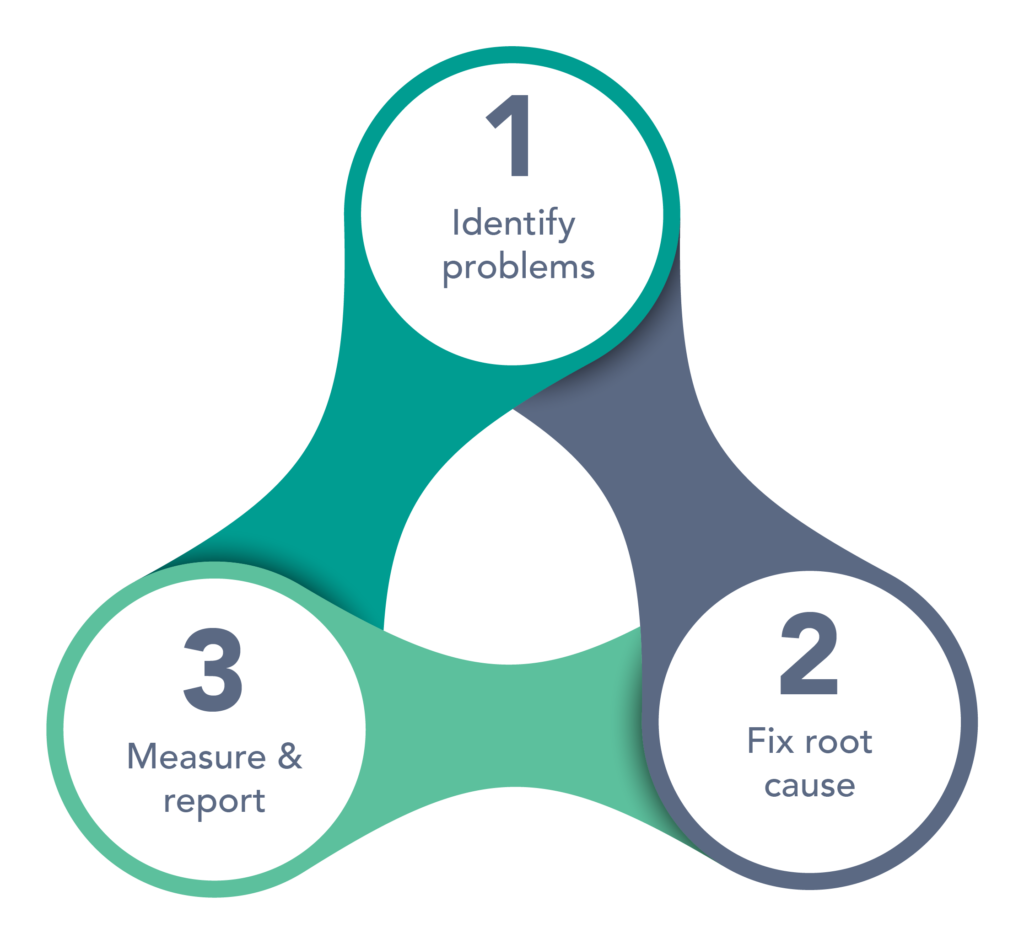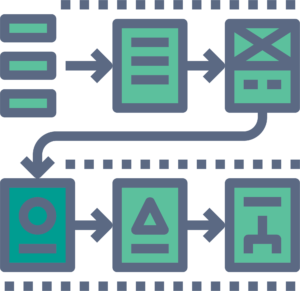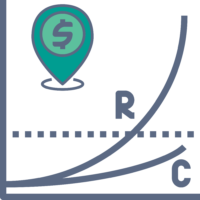IT Optimization
When the IT department doesn’t seem to be matching up with business objectives and you can’t determine the ROI in the IT budget, it’s time for a change. It happens…things get out of step and need to be realigned. W5 Digital can establish a lean IT department aligned with your business vision and strategy with a budget that makes sense. In other words, we make IT work for your business.
W5 Digital Engagement
We take the time to understand your business, vision and strategy. Then we take a deep dive to identify how IT enables your business, drives value or impacts growth. We perform a thorough assessment of people, process and technology to determine what you have and what you need. Then we establish the Identify-Fix-Measure cycle:
- Identify the problems and why they are happening
- Implement real solutions to fix the root cause
- Measure and report impact of changes
No change immediately becomes part of the company culture. That’s why W5 Digital helps manage the organizational change to ensure new processes and technology become part of the DNA of the company. We mentor and coach the IT team to help so new processes can be operationalized going forward and IT can stand on its own.




